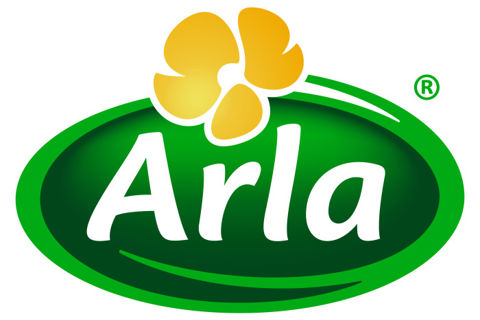Biobooster purifies waste water
- Read time:
- 2 min
- Published:
- 01 May 2007
- Contacts:
- Press contact
For several years, danish Hobro Mejericenter paid considerable amounts to get rid of its waste water. The dairy centre had to pay a special tax to the municipality that was proportional to the amount of organic material in the waste water. Despite the dairy’s attempts to minimise the amount of organic material in the waste water, the level remained too high.
Hobro Mejericenter therefore contacted the Danish pump manufacturer Grundfos, which was involved in a pilot project at one of Arla Foods’ other dairies in Rødkærsbro. Using a newly developed technology, a so-called Biobooster, Grundfos was convinced that they could purify the waste water to a level below the special tax threshold and at a cost far below the amount of the special tax.
The Biobooster would only be able to deliver the required result if the existing prepurification in the so-called flotation plant continued to be performed. However, the dairy would also have to be much better at controlling accidental spillage of milk, dosing chemicals correctly and controlling the pH levels in the waste water.
By introducing a routine involving on-line monitoring of the waste water process at the dairy hour by hour, the dairy technicians identified the causes of pollution. They also became aware that they could control the pH levels in the waste water by adding acid, e.g. when cleaning the alkaline lye tanks, which was essential for the operation of theBiobooster.
How does the Biobooster work?
The Biobooster draws the waste water from a buffer tank located immediately before the entry to the municipal pipes. The waste water is transported through a filter where a polymer (a chemical substance) is added that causes some of the organic material to form clumps. This mass is pumped directly to the biogas tank.
The waste water is then fed into one or more pipes. In Hobro, the plant is equipped with 25 pipes containing 1,200 plastic discs. These discs are coated with a bacterial culture, which, in simple terms, eats the remainder of the organic material present in the water. By forcing oxygen into the pipe while the discs are rotating against each other, the outer layer of bacteria is rubbed off. As a result, there is always a fresh, new bacterial culture ready to transform the organic material. The plant is automatic and uses the oxygen consumption to measure the amount of pollution. Based on the result, the plant determines the number of pipes required to purify the waste water.
Arla Foods is an international dairy company owned by more than 8,400 farmers from Denmark, Sweden, the UK, Germany, Belgium, Luxembourg and the Netherlands. Arla Foods is one of the leading players in the international dairy arena with well-known brands like Arla®, Lurpak®, Puck® and Castello®. Arla Foods is focused on providing good dairy nourishment from sustainable farming and operations and is also the world's largest manufacturer of organic dairy products.
Press contact
